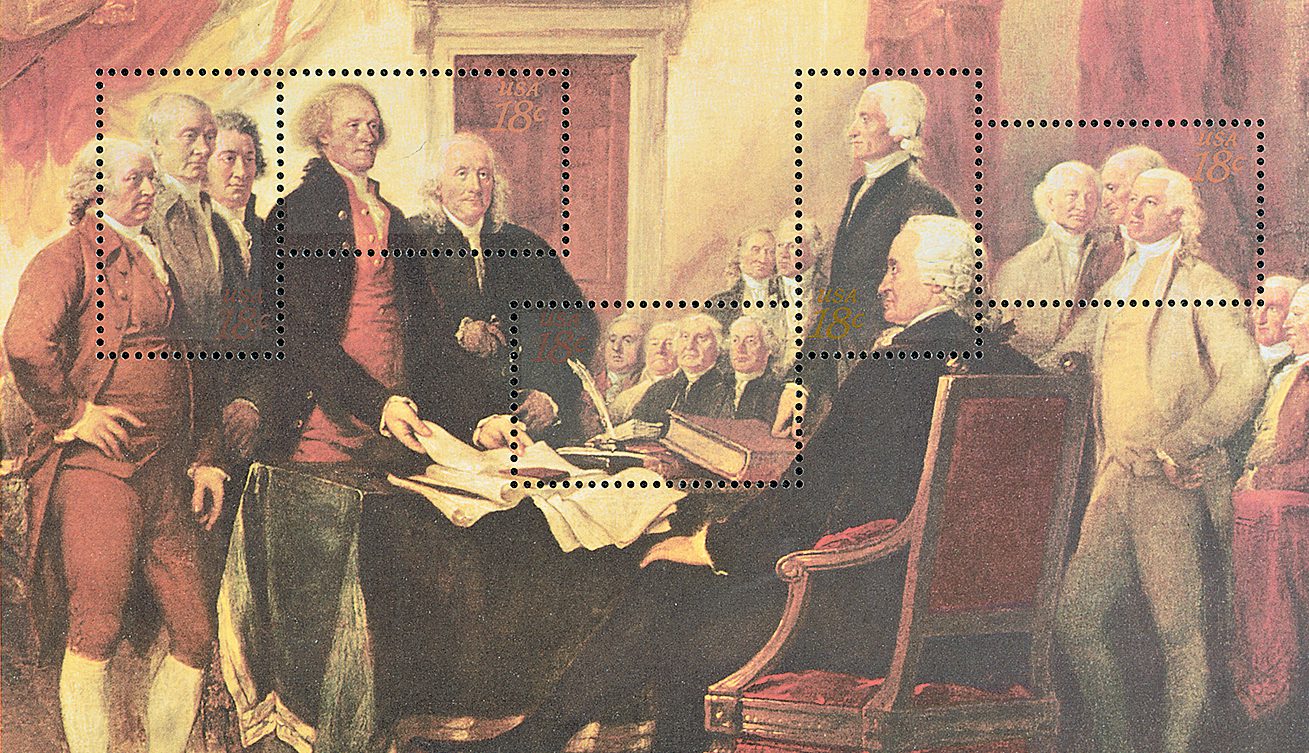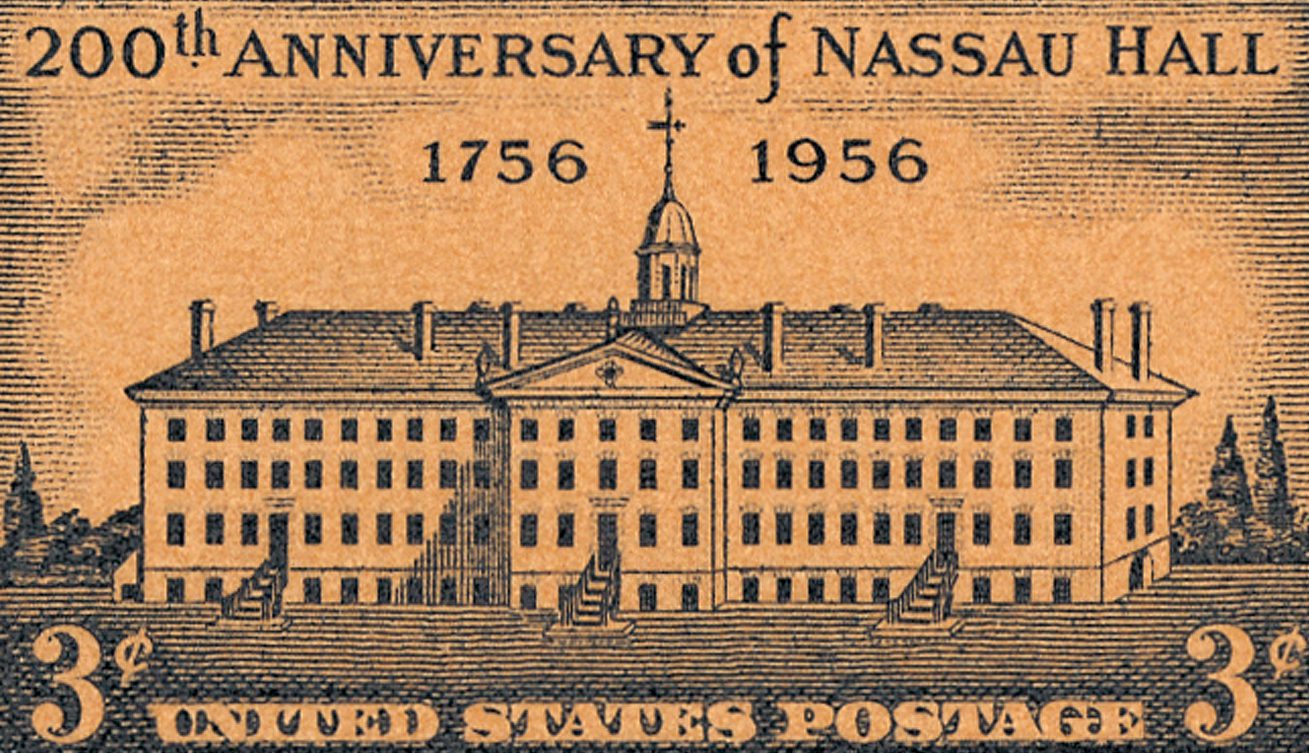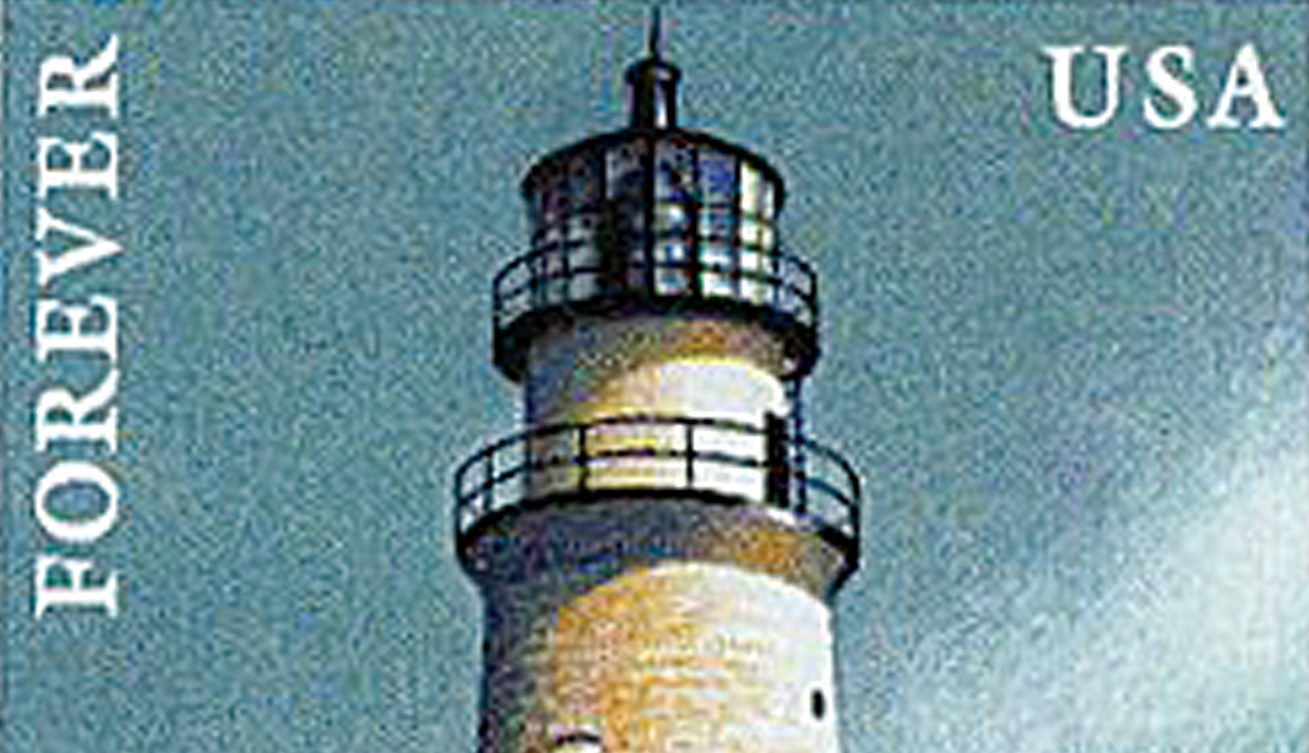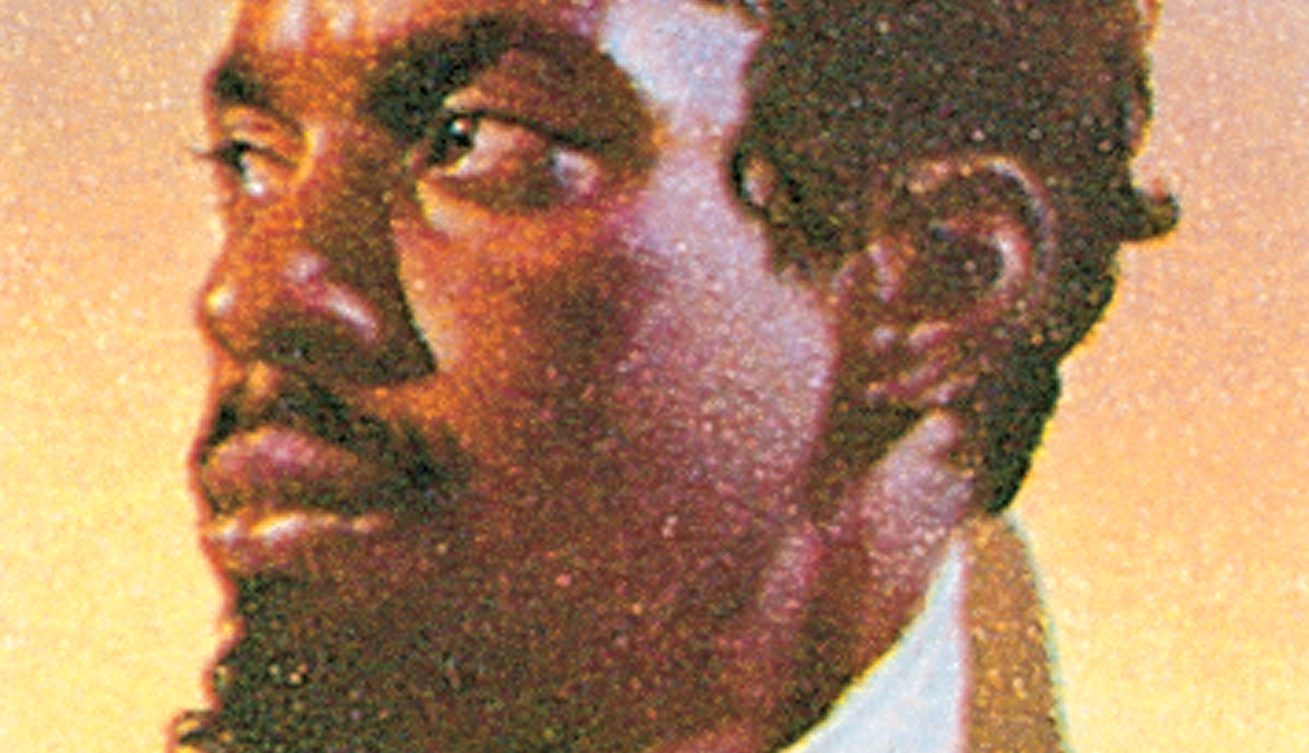Death of Statesman John Hancock
On October 8, 1793, statesman, merchant, accused smuggler, and patriot John Hancock died at his home in Boston, Massachusetts. Most famous for his large signature on the Declaration of Independence, he was a very influential Founding Father.









